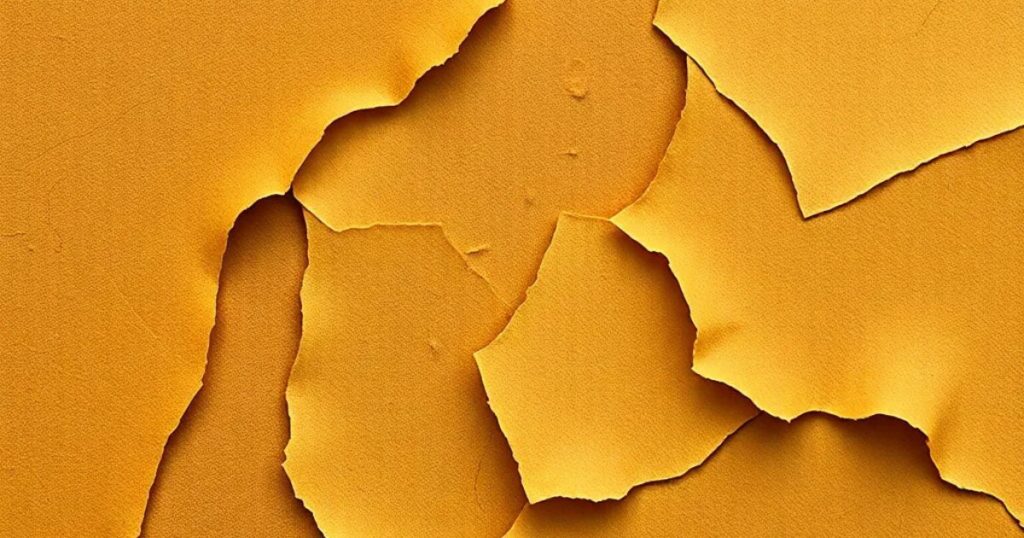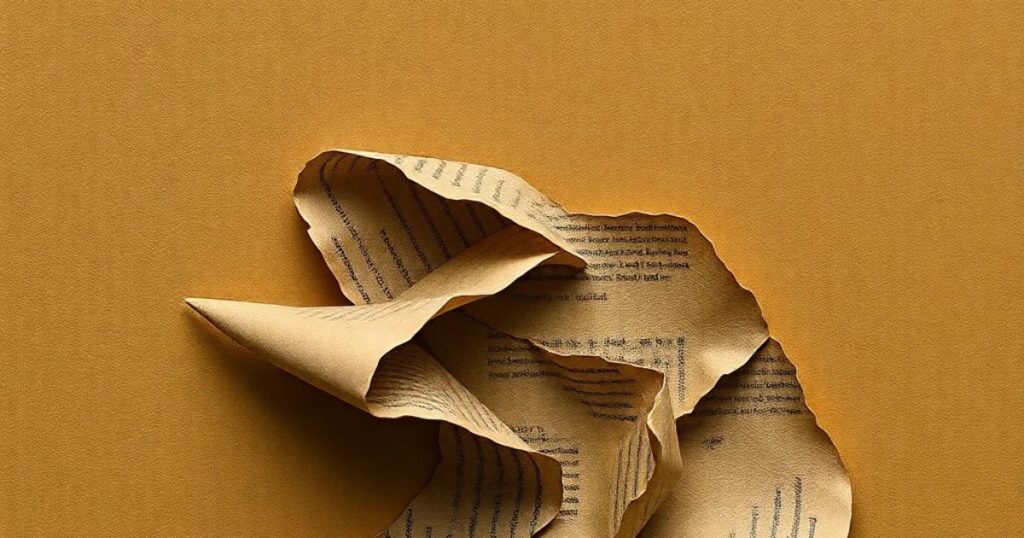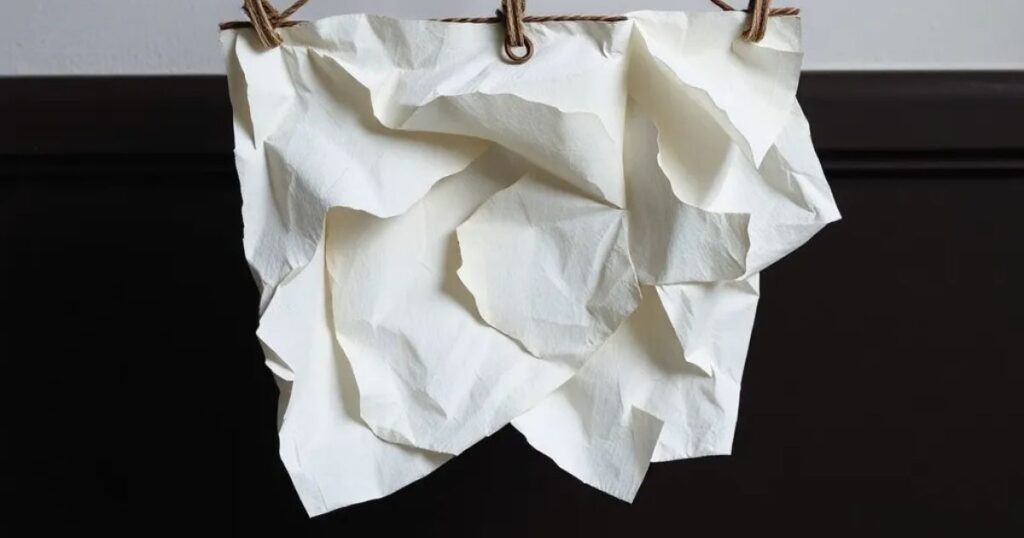Paper has been one of humanity’s most crucial inventions, allowing for the documentation of knowledge, creativity, and history. However, like many natural materials, paper is not immune to the effects of aging. Over time, paper deteriorates due to various factors, including environmental conditions, chemical composition, and handling practices.
This process, known as natural paper aging, impacts everything from historic manuscripts to modern books, leading to discoloration, brittleness, and, ultimately, loss of legibility. This blog explores the mechanisms behind paper aging, the effects on paper materials, and effective solutions to preserve and restore our paper how to make old paper heritage.
The Aging Process of Paper
The aging process of paper involves gradual changes caused by environmental factors and the paper’s inherent properties. Over time, exposure to light, humidity, and air pollutants leads to the breakdown of cellulose fibers, causing yellowing and brittleness. Acidic paper, common in older, low-quality materials, deteriorates faster as acids accelerate cellulose degradation. Lignin, a compound in some papers, reacts to light, contributing to yellowing. Temperature fluctuations also impact the paper’s flexibility, causing it to crack or crumble.
Additionally, fungal growth in humid conditions can further degrade and stain the paper. Modern archival practices aim to slow this process by using acid-free, lignin-free materials, proper storage conditions, and controlled environments, preserving the paper’s integrity for extended how to make paper look old periods.
Types of Paper Aging
Paper aging refers to the natural processes that affect paper over time, impacting its appearance, texture, and integrity. Various types of paper aging can be categorized into three main types: chemical, physical, and how to make pages look old environmental.
Chemical aging occurs due to the degradation of cellulose fibers, often influenced by acidity and exposure to light, leading to discoloration and brittleness. Physical aging involves mechanical wear and tear, such as creasing, folding, and tearing, which can diminish paper strength. Environmental aging results from exposure to moisture, temperature fluctuations, and pollutants, affecting the paper’s durability and overall quality. Understanding these aging types is crucial for preservation efforts in libraries, museums, and archival settings to aged paper ensure the longevity of paper-based materials.
- Physical Aging: Involves changes in the paper’s physical properties, such as shrinking, warping, and losing flexibility. Temperature fluctuations, humidity, and light exposure mainly influence physical aging.
- Chemical Aging: Primarily involves the breakdown of cellulose fibers in paper. Cellulose is an organic compound, and over time, it breaks down into acids that accelerate further deterioration, causing the paper to turn yellow and become brittle.
- Biological Aging: Mold, mildew, and insects contribute to biological aging. In humid environments, mold growth becomes prominent, staining the paper and weakening its fibers. Additionally, pests like silverfish and termites are known to feed on cellulose, further damaging paper materials.
Key Factors Influencing Paper Aging
Several key factors significantly influence paper aging:
- Exposure to light, particularly ultraviolet (UV) radiation, can cause fading and degradation of color.
- Humidity and temperature play crucial roles; high humidity can promote mold growth, while extreme temperatures can weaken fibers.
- The acidity of the paper affects its longevity; acidic papers tend to yellow and deteriorate faster than alkaline ones. Environmental pollutants, such as sulfur dioxide and ozone, can also accelerate aging by causing chemical reactions that damage paper fibers.
- The type of ink and coatings used can impact aging, as some materials are more stable than others.
Understanding these factors is essential for preserving paper and extending its lifespan.
Humidity and Temperature
High humidity levels promote mold growth, accelerate chemical reactions, and weaken paper fibers. Paper stored at fluctuating temperatures experiences uneven expansion and contraction, contributing to warping and cracking. Ultraviolet (UV) light is particularly harmful to paper, breaking down cellulose fibers and causing them to yellow. Papers displayed or stored in well-lit areas without UV protection degrade much faster than those in the how to age paper dark.
Acidity
Acidity in paper is a primary cause of deterioration. Acidic paper, typically manufactured using wood pulp, deteriorates faster than more neutral or alkaline paper. The acids in the paper slowly react with the cellulose, weakening the fibers and turning the paper yellow. This is often seen in low-quality papers used in newspapers or how to make a paper look old with coffee magazines.
Air Pollution
Air pollutants like sulfur dioxide, nitrogen oxides, and ozone can interact with paper to form acids, accelerating the degradation process. Exposure to cigarette smoke, dust, and other particulates contributes to the paper’s aging process.
Effects of Natural Paper Aging on Quality

Natural paper aging significantly impacts its quality, altering physical and chemical properties. As paper ages, exposure to light, moisture, and air leads to the breakdown of cellulose fibers, resulting in increased brittleness and reduced strength. Lignin in wood pulp contributes to yellowing and discoloration as it oxidizes.
The pH level can also change, affecting the paper’s durability and archival quality. These changes may also influence ink adhesion and print quality, making aging a critical factor for conservation in documents and artworks. While some aging can enhance the aesthetic appeal of vintage items, excessive deterioration compromises functionality and longevity, necessitating proper storage and handling to mitigate adverse effects.
Discoloration
As paper ages, it often takes on a yellow or brown tint. This discoloration, primarily caused by the oxidation of cellulose and the breakdown of lignin (a natural component in wood pulp), is one of the most visible signs of aging and can impact the readability of how to make paper look old with coffee text.
Paper becomes more brittle as its fibers break down over time, making it more prone to cracking, tearing, and fragmenting. This brittleness is exacerbated in low-quality paper, which contains more lignin and other how do you make paper look old with coffee impurities?
Fading of Inks and Pigments
The inks and pigments used on paper can fade due to light and air pollutants exposure. This fading is particularly problematic for documents, artwork, and photographs where image quality or text clarity is essential. Stains and spotting, often referred to as “foxing,” are brown or red marks that appear on paper over time, likely due to mold or iron impurities within the paper. This is common in older books and archival how to age paper with coffee materials.
Strategies for Preserving and Restoring Aged Paper
Although paper aging is inevitable, there are several strategies to slow the process and restore damaged materials.
- Temperature and Humidity: Maintain a stable environment with moderate humidity levels (around 30-50%) and temperatures between 18-22°C (65-72°F) to minimize expansion, contraction, and biological threats.
- Light Control: Store paper materials in dark, UV-protected areas. When displaying paper, use UV-filtered glass to reduce light damage and keep the exposure time minimal.
- Air Quality: Control air pollution by using air purifiers and filters to minimize the presence of acidic gases and particulates that can accelerate degradation.
Choosing Acid-Free and Archival-Quality Materials
Acid-free and archival-quality papers are essential for long-term storage and preservation. Acid-free paper is manufactured without the acidic chemicals contributing to deterioration, while archival-quality paper is more durable and contains minimal how to age paper using coffee lignin.
Protective enclosures such as archival folders, plastic sleeves, and storage boxes offer a buffer against environmental fluctuations and physical handling. Archival boxes and sleeves are typically made from acid-free, lignin-free materials designed to shield paper from dust, light, and envelopes 5 x 7 inches pollutants.
Deacidification Treatments
Deacidification is a chemical treatment that neutralizes acids within the paper, slowing down further deterioration. Deacidification sprays can extend the paper’s life for historic or valuable documents by creating a more neutral pH environment.
This is especially useful for books and documents made from low-quality paper. For severely aged or damaged documents, professional restoration may be necessary. Paper conservators can perform delicate procedures such as mending tears, stabilizing weakened areas, and removing stains. This restoration work is often done in archival settings and can dramatically improve the appearance and longevity of fragile documents.
Preventive Measures for Different Types of Paper Collections

Preventive measures for various paper collections are essential to preserve their integrity and longevity. For archival materials, maintain a stable environment with controlled temperature and humidity, using acid-free storage boxes and archival-quality sleeves. For rare books, minimize handling and use gloves to prevent oil transfer from hands.
Periodicals and newspapers benefit from being stored flat or in protective folders to avoid creasing and tearing. For artwork on paper, display in low-light conditions and frame with UV-filtering glass to protect against fading. Regularly inspect collections for signs of deterioration, pests, or mold. By implementing these preventive strategies, collectors can ensure their paper collections remain in optimal condition for future generations to Crush Cherry Paper appreciate.
Books and Manuscripts
To preserve books, avoid storing them in direct sunlight or areas with high humidity, such as basements or attics. Additionally, books should be shelved upright and supported with bookends to prevent warping. For older, fragile books, consider using book jackets or custom enclosures. Photographs are especially sensitive to light, humidity, and pollutants. Store them in acid-free photo albums or sleeves in a cool, dark environment. When framing photographs for display, use UV-filtered glass to minimize fading.
Artworks on Paper
For artworks on paper, consider using archival matting and framing techniques to avoid direct contact between the paper and glass. This not only prevents deterioration but also preserves the artwork’s aesthetic quality.
Modern Technological Solutions to Combat Paper Aging
Modern technological solutions are revolutionizing the preservation of documents and artworks affected by paper aging. Advanced techniques such as digital imaging and high-resolution scanning enable the creation of accurate digital replicas, safeguarding original materials while minimizing handling. Nanotechnology and specialized coatings are also being developed to protect paper from environmental factors like humidity and UV light, which accelerate deterioration.
Artificial intelligence is also pivotal in assessing the condition of aging paper, predicting its lifespan, and recommending appropriate conservation methods. These innovations extend the life of precious documents and enhance accessibility for researchers and the public, ensuring that historical artifacts remain intact for future generations. Embracing these technologies is essential for preserving our cultural heritage.
Digital Preservation
Digitization is an effective way to preserve the information contained within paper documents. Scanning or photographing documents creates a digital archive, ensuring that even if the physical material deteriorates, the information remains accessible. Many libraries, archives, and museums now prioritize digital preservation.
Advanced Chemical Treatments
New chemical treatments are being developed to stabilize paper and slow aging. One such method uses nanoparticles to help neutralize acids within the paper, enhancing durability without causing further chemical reactions that might damage the material.
Microclimate Enclosures
Microclimate enclosures allow for strict control of the environment surrounding paper materials, often including inert gases or carefully controlled humidity levels. These enclosures are commonly used for valuable documents and artwork to create a stable, preservation-friendly microenvironment.
Future Directions in Paper Preservation
As technology advances, paper preservation is evolving to address challenges posed by environmental factors and digitalization. Innovative methods such as nanotechnology and bio-based coatings are being explored to enhance the longevity of paper materials while maintaining their historical integrity. Digitization efforts are also crucial, enabling the creation of high-quality digital archives that ensure access to fragile documents.
Additionally, sustainable practices, including using eco-friendly materials and preservation techniques, are gaining traction to minimize the ecological footprint of conservation efforts. Collaboration among archivists, conservators, and scientists will foster interdisciplinary approaches, paving the way for more effective preservation strategies that protect our paper heritage for future generations.
- Biodegradable Coatings: Researchers are exploring biodegradable, environmentally friendly coatings that could protect paper from humidity, pollutants, and mold growth.
- Smart Monitoring Devices: New smart devices are being developed to monitor temperature, humidity, and air quality in real time, alerting custodians to changes that might impact the longevity of the stored paper.
- Collaborative Databases: By creating comprehensive, collaborative databases, researchers and preservationists can share insights on successful treatments and conservation techniques, improving global preservation standards.
Conclusion:
While inevitable, paper’s natural aging can be managed and mitigated through thoughtful preservation efforts. By understanding the causes of paper degradation and implementing preventive and restorative techniques, we can extend the life of paper-based materials and preserve cultural, historical, and informational treasures for future generations.
Whether in personal collections, libraries, or museums, each step taken towards better storage, handling, and preservation brings us closer to protecting our paper heritage against the test of time.
FAQ:
What is Paper Aging?
Paper aging is a natural process affecting physical and chemical properties over time. This can result in changes such as discoloration, brittleness, and loss of strength.
Why Does Paper Age?
Paper ages due to exposure to environmental factors like light, humidity, and temperature. The cellulose fibers in the paper can oxidize, leading to yellowing and weakening of the paper structure.
How can I tell if My Paper is Aging?
Signs of aging paper include yellowing, browning at the edges, increased brittleness, and a change in texture. Additionally, you can detect visible stains or a musty odor.
Can I Prevent Paper Aging?
While you can’t stop aging completely, you can slow it down by storing paper in a cool, dry place away from direct sunlight. Using acid-free storage materials and maintaining consistent humidity levels can also help.
What are the Effects of Aging on Printed Documents?
Aging can lead to ink fading, paper discoloration, and potential loss of legibility. Inks may become more prone to smudging or running if the paper deteriorates.

